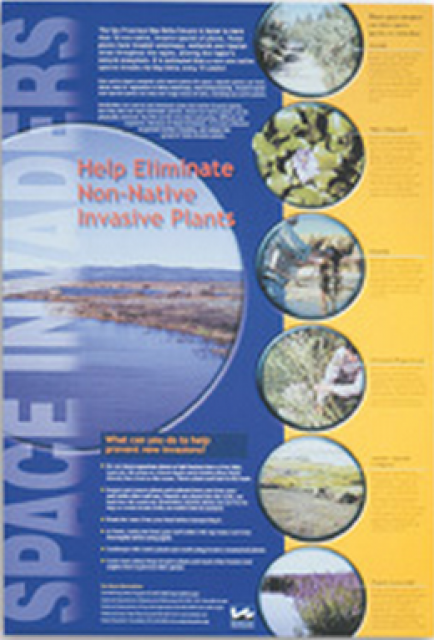It’s Not Just Nutria — Sacramento-San Joaquin Delta has 185 Invasive Species, But Tracking Them is Uneven
WESTERN WATER NOTEBOOK: Delta science panel urges greater coordination, funding of invasive species monitoring
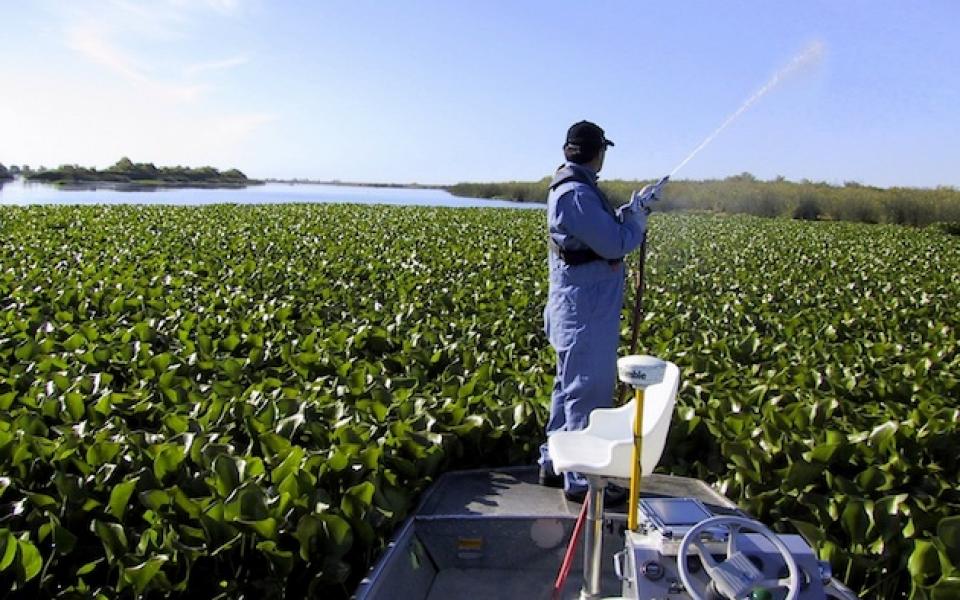 For more than 100 years, invasive
species have made the Sacramento-San Joaquin Delta their home,
disrupting the ecosystem and costing millions of dollars annually
in remediation.
For more than 100 years, invasive
species have made the Sacramento-San Joaquin Delta their home,
disrupting the ecosystem and costing millions of dollars annually
in remediation.
The latest invader is the nutria, a large rodent native to South America that causes concern because of its propensity to devour every bit of vegetation in sight and destabilize levees by burrowing into them. Wildlife officials are trapping the animal and trying to learn the extent of its infestation.
Even though invasive plants and animals long have been known to exist in California’ water hub, tracking their extent in an area as large as the Delta — 738,000 acres — is an uneven task that could benefit from greater coordination and funding, a panel of experts recently told the Delta Independent Science Board.
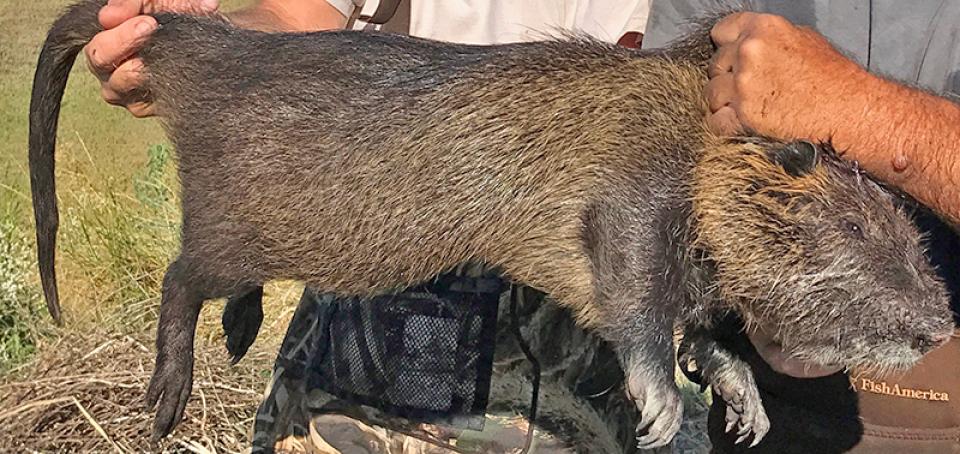 “One of the key issues is how do
invasives react to changes and the expected effects of WaterFix
[the proposed twin tunnels to transport water beneath the
Delta],” said Susan Ustin, professor of Environmental and
Resource Sciences at the University of California, Davis. “We
probably need to do a more systematic monitoring.”
“One of the key issues is how do
invasives react to changes and the expected effects of WaterFix
[the proposed twin tunnels to transport water beneath the
Delta],” said Susan Ustin, professor of Environmental and
Resource Sciences at the University of California, Davis. “We
probably need to do a more systematic monitoring.”
There also needs to be readily available remote-sensing technology to gather quick snapshots of the range and extent of invasive species. “You can’t mobilize something you don’t have,” said Shruti Khanna, senior environmental scientist with the California Department of Fish and Wildlife. “There is a lack of existing infrastructure that can be mobilized.”
“We probably need to do a more systematic monitoring.”
~Susan Ustin, professor of Environmental and Resource Sciences at the University of California, Davis.
The May 3 panel presentation was part of the Delta Independent Science Board’s effort to review monitoring issues for the Delta, according to John Callaway, lead scientist of the Delta Stewardship Council’s Delta Science Program. The council appoints the members of the Delta Independent Science Board.
The goal of the board’s review is to produce recommendations that could improve current and future invasive species monitoring programs for the Delta.
“Given the importance of monitoring to science and management issues, [invasive species] was identified as a priority a while back and these panels are one fact-finding effort that they’re undertaking,” Callaway wrote in an email to Western Water.
Estimates are that at least 185 invasive plants and animals live in the Delta and represent at least 95 percent of the region’s total biomass. In a 2018 article published in Agricultural and Resource Economics Update, authors Karen Jetter and Kjersti Nes with the University of California noted that Brazilian waterweed and water hyacinth are a particular problem to public agencies and marinas, which between 2013 and 2016 spent about $46 million to manage all invasive aquatic weeds.
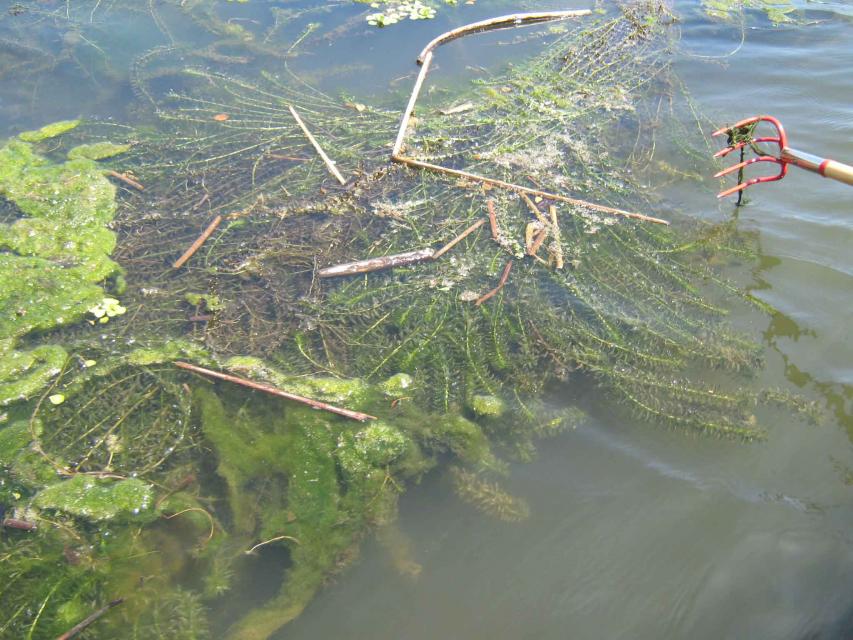 Delta experts are aware of the
large-scale implications of invasive species on the ecosystem and
management decisions, and the need to better understand and
control the problem.
Delta experts are aware of the
large-scale implications of invasive species on the ecosystem and
management decisions, and the need to better understand and
control the problem.
“In terms of invasive plants and remote sensing, we are collecting some valuable baseline information, but we need to develop a more comprehensive and coordinated monitoring strategy so that we are able to identify future problems and determine the effectiveness of control methods,” according to Callaway.
On the vegetative side, floating and submersed weeds such as water hyacinth are a constant problem – choking off native plants, at times blocking ship traffic and clogging agricultural and municipal water intakes.
The Division of Boating and Waterways is responsible for managing the environmental, economic and public heath impacts of invasive species in the Delta, spending $12.5 million annually to treat floating and submerged vegetation through herbicides and mechanical control.
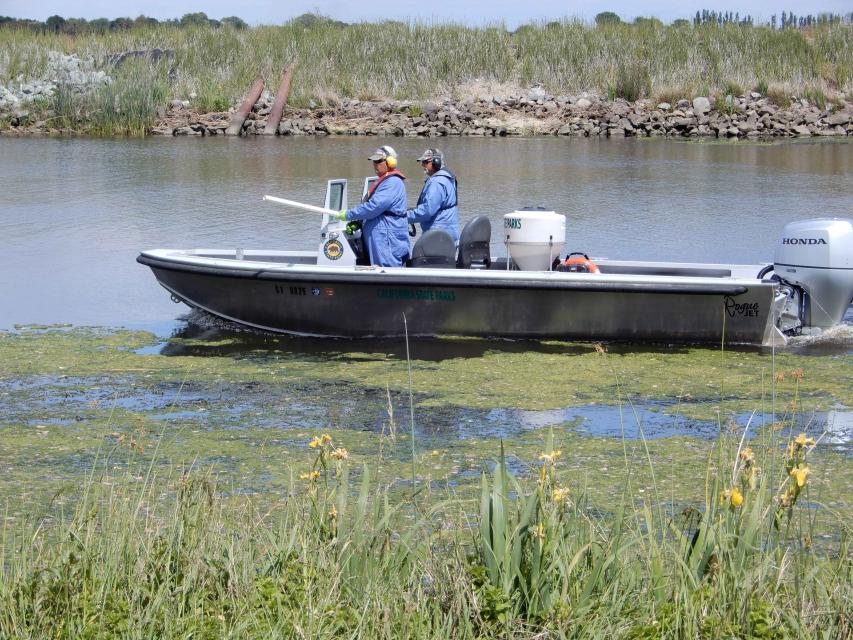 The agency receives information
about what’s going on from local agencies and marinas and needs
to manage it better, said Eddie Hard, chief environmental program
manager.
The agency receives information
about what’s going on from local agencies and marinas and needs
to manage it better, said Eddie Hard, chief environmental program
manager.
“We monitor for water quality, but not anything more system-based,” Hard said, adding the opportunity exists for the division to share what it knows about the effects of herbicides on the Delta ecosystem, including the resistance to eradication some plants have acquired.
Between 2004 and 2008 and again between 2014 and 2017, Ustin’s lab, the Center for Spatial Technologies and Remote Sensing at UC Davis, has been mapping floating and submerged species in the Delta.
Ustin said “it would be nice” if the entire Delta was measured twice a year to verify the effectiveness of invasive species mitigation. She noted that interagency coordination could be improved and that it would help to coordinate field data with the information acquired through aerial reconnaissance.
Khanna said her agency, the state Department of Fish and Wildlife, expects by the end of the year to provide the Delta science board a monitoring report with recommendations based on “what do we need to know and what are the solutions.”
The report, she said, will include three funding scenarios – minimum resources, medium resources and a “dream” scenario with unlimited funding.









